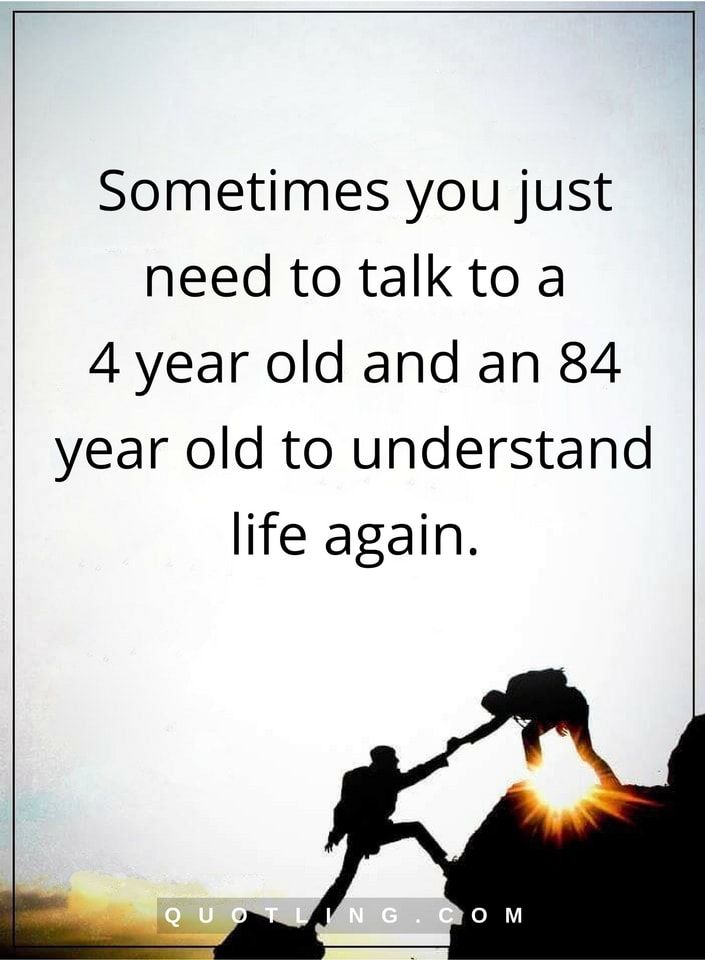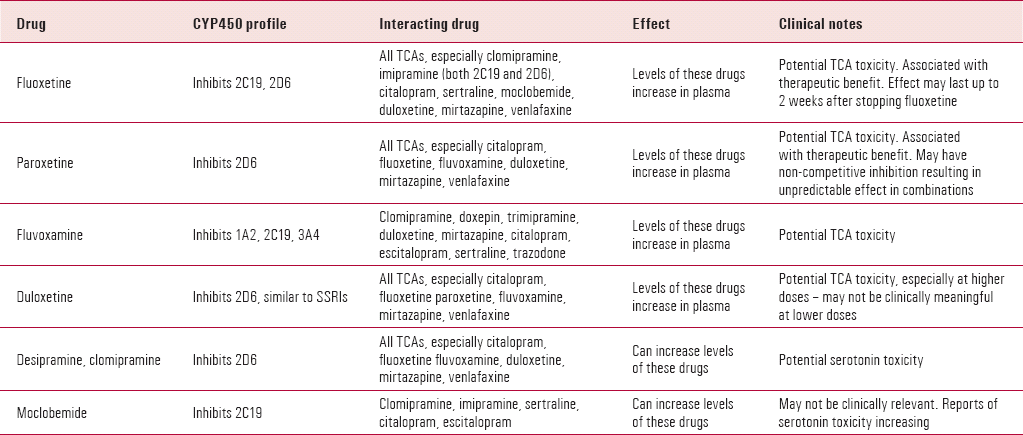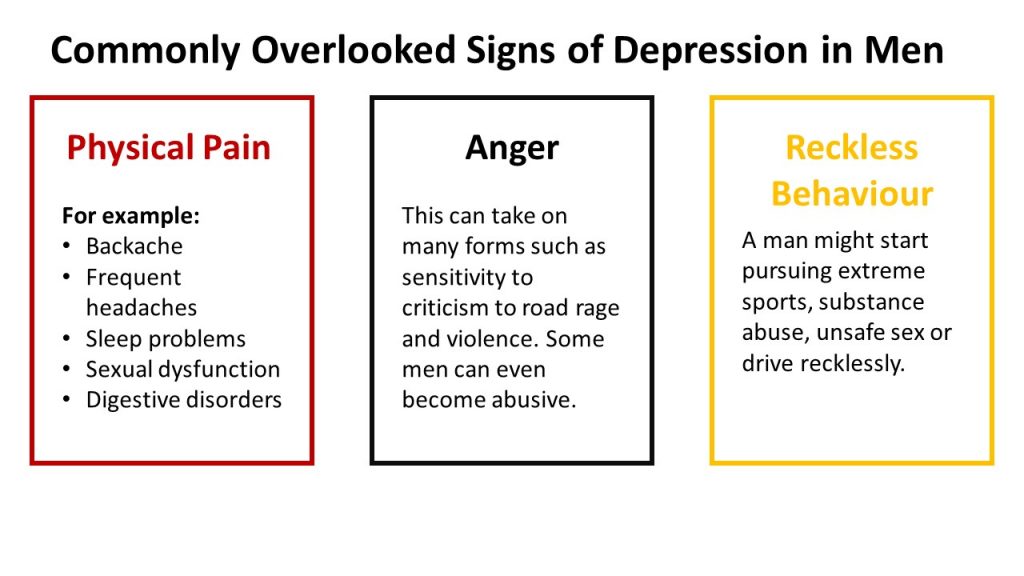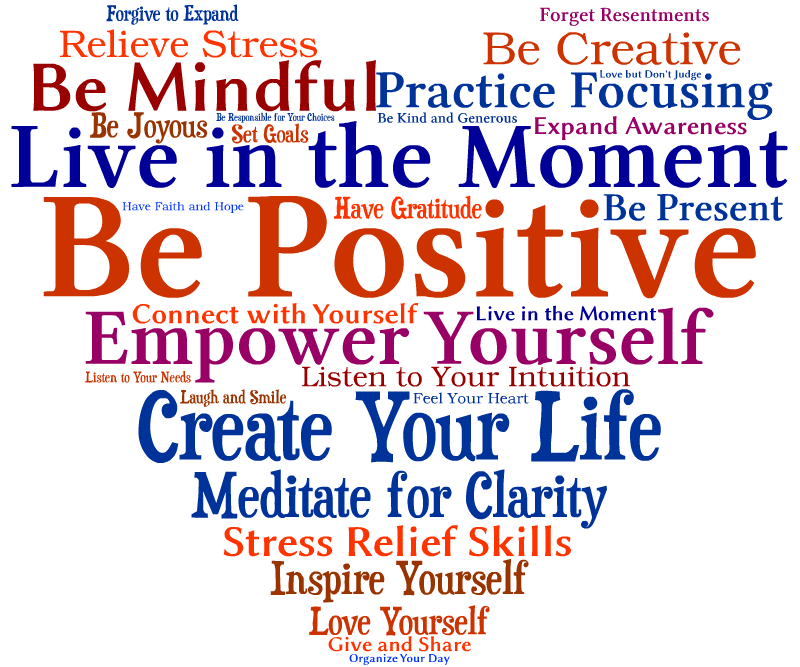What to do when you are crying
Why We Cry and When to Seek Help
There are no guidelines for how much crying is too much. Conditions like depression or pseudobulbar affect may cause you to cry more frequently. Crying is natural and may help you feel better.
Overview
Some people cry while reading a sad book or watching videos of baby animals. Others cry only at funerals. And for certain people, the mere hint of anything that arouses emotions can cause tears to flow.
If you’ve ever had tears well up in a meeting or wept out loud in a movie theatre, you may have wondered if it’s normal. Is there such a thing as crying too often or too much?
There are no guidelines for how much crying is too much. A study in the 1980s found that women cry an average of 5.3 times per month and men cry an average of 1.3 times per month. A newer study found that the average duration for a crying session was eight minutes.
If you’re concerned that you’re crying too much, if you can’t seem to stop crying, or have started crying more than usual, talk to your doctor. It may be a sign of depression or another mood disorder.
There are a lot of reasons, besides having an immediate emotional response, why you may cry more than normal. Tearfulness is frequently associated with depression and anxiety. People often experience the two conditions at the same time. Certain neurological conditions can also make you cry or laugh uncontrollably.
Depression
Depression is a mood disorder in which you have persistent feelings of sadness that last more than a few weeks. Activities you once found pleasurable may no longer interest you. Symptoms of depression may include:
- sadness and gloominess
- feelings of hopelessness or worthlessness
- low energy
- difficulty concentrating
Your crying may be related to depression if you:
- cry over small things or have trouble identifying why you’re crying
- cry much more than normal
- have trouble stopping your tears
Excessive crying is more likely to happen if your depression is milder. People with severe depression often have trouble crying or expressing other emotions.
People with severe depression often have trouble crying or expressing other emotions.
Anxiety
We all have times when we’re nervous and anxious. With anxiety disorder, though, you experience worry and nervousness more often, maybe even on a daily basis. Symptoms often include:
- edginess or irritability
- excessive worry
- muscle tension
- fatigue
- difficulty focusing or concentrating
- trouble sleeping
Pseudobulbar affect
Sudden uncontrollable crying, laughing, or feeling anger can be a symptom of a condition called pseudobulbar affect (PBA). PBA is an involuntary neurological state related to an injury or disturbance in parts of your brain that control your emotions.
Sometimes called emotional incontinence, the uncontrolled emotions associated with PBA often don’t match how you feel or what you’re experiencing. Because the symptoms are similar, PBA may be misdiagnosed as depression. PBA often occurs in people who have:
- history of stroke
- Parkinson’s disease
- Alzheimer’s disease
- dementia
- amyotrophic lateral sclerosis (ALS), also known as Lou Gehrig’s disease
- multiple sclerosis (MS)
Gender and personality
Studies indicate that, on average, women cry more often than men. One possible reason for this is that testosterone may inhibit crying. Cultural norms may also account for some of the differences in crying among men and women.
One possible reason for this is that testosterone may inhibit crying. Cultural norms may also account for some of the differences in crying among men and women.
Besides a difference between sexes, people who are empathetic and concerned about the well-being of others may cry more than people who are less empathetic. People who are anxious, insecure, or obsessive, cry more and for longer periods of time than other people.
Glands located above your eyes produce most of your tears. They’re called lachrymal glands. The word lachrymal means tear. Every time you blink, tears flow to your eyes from ducts attached to your lachrymal glands. This keeps the surface of your eyes lubricated and protects them from substances like dust, smoke, or onion gasses. Tears also drain into your nose.
Tears are made up of:
- water
- salt
- protective antibodies
- enzymes
The chemistry of tears caused by emotion, sometimes called psychic tears, is different than that of tears that moisten and protect your eyes. Psychic tears contain more of the protein-based hormones your body produces under stress.
Psychic tears contain more of the protein-based hormones your body produces under stress.
There’s limited research on the science and psychology of crying. Some researchers believe crying is a way your body gets rid of stress-related hormones. Other studies show tears may trigger the release of endorphins. Endorphins are hormones that make you feel good and reduce pain.
A recent focus of research is the response people have to the chemical content of tears. Studies have shown, for example, that men are less aggressive and less sexually aroused when smelling women’s psychic tears.
Crying doesn’t necessarily make you feel better. In one study, only about 30 percent of participants said crying made their mood improve. Crying is more likely to make you feel better if:
- you have the emotional support of a friend
- you’re crying because of a positive experience
- it enables you to understand your emotions better
- it helps you resolve an issue or problem
If you have symptoms of depression or anxiety, or emotional responses that don’t feel right, don’t try to tough it out alone. Mood disorders can have a negative impact on every part of your life. This includes your relationships, work, or school. They also make you more vulnerable to physical illnesses.
Mood disorders can have a negative impact on every part of your life. This includes your relationships, work, or school. They also make you more vulnerable to physical illnesses.
Talk with your doctor about what you’re experiencing. Your doctor may refer you to a psychiatrist or therapist who specializes in working with people who have mood disorders.
Approximately 80 percent of people with depression improve significantly with treatment. Treatment for depression and anxiety can include psychotherapy (talk therapy) and medications. Self-care is important, too. Many people find relaxation techniques, meditation, mindfulness, and exercise helpful.
Therapy and medications can also alleviate the effects of PBA. Some people with PBA see an improvement after taking a drug called dextromethorphan hydrobromide and quinidine sulfate (Nuedexta). Nuedexta was developed just for PBA, and it’s the only drug that’s approved by the Food and Drug Administration (FDA) to treat the condition.
Antidepressants may also be prescribed for PBA. However, the FDA hasn’t approved the use of antidepressants as a PBA treatment. When a drug is used to treat a condition other than the ones it’s FDA-approved for, then that’s considered off-label drug use.
Some people cry more than others. Women tend to cry more than men, even in cultures where it’s acceptable for males to cry. Crying more than is normal for you may be a symptom of depression or a neurological disorder.
If you’re concerned about the amount you’re crying, talk to your doctor.
There’s nothing wrong with crying, but if you want to try to manage your tears, there are some things you can try:
- Focus on taking slow, deep breaths. Breathe in through your nose and out through your mouth. This may help you relax, which could also stop the flow of tears.
- Relax your facial muscles so your expression is neutral.
- Think about something repetitious, like a poem, a song, or nursery rhyme you’ve memorized.

- Take a walk or find another way to temporarily remove yourself from a stressful or upsetting situation.
Suicide prevention
- If you think someone is at immediate risk of self-harm or hurting another person:
- • Call 911 or your local emergency number.
- • Stay with the person until help arrives.
- • Remove any guns, knives, medications, or other things that may cause harm.
- • Listen, but don’t judge, argue, threaten, or yell.
- If you or someone you know is considering suicide, get help from a crisis or suicide prevention hotline. Try the National Suicide Prevention Lifeline at 800-273-8255.
Here’s How to Stop Crying Quickly
Even if you’re someone who sheds tears during birthday parties and phone commercials, 2020 has probably given you major reasons to cry. You might’ve Googled “how to stop crying,” on a random Wednesday afternoon (no judgment) because, even if you’re cool with tearing up, crying spells that happen right before Zoom meetings are inconvenient. If you’re wondering whether or not you’re crying too much, whether you should be concerned, and whether there are ways to stop crying, we can help.
If you’re wondering whether or not you’re crying too much, whether you should be concerned, and whether there are ways to stop crying, we can help.
The first thing to realize is that crying is absolutely normal, and there are no rules or quotas involved. People cry for reasons that range from life-altering to mundane, and tears can clue you in to how you’re feeling (whether that’s sad, stressed, scared, nervous, overjoyed, or something else entirely). So crying, in and of itself, isn’t a huge deal. What’s more? Whether or not your frequent crying is actually a cause for concern “would probably depend on your baseline,” Marisa G. Franco, Ph.D., counseling psychologist, tells SELF. “Has your crying increased from times when you felt more okay, and to what extent has it increased?” These are a few preliminary questions to ponder if you’re a little worried.
Even if you are crying more often than you normally would, this might be a good thing. According to a 2019 literature review published in Clinical Autonomic Research, emotional crying often coincides with an increase in our sympathetic nervous system activity (the parts of our bodies that deal with fight-or-flight responses), and by the time we’re done crying, our parasympathetic nervous system (the rest-and-digest response, which can help you feel calmer) has often been activated.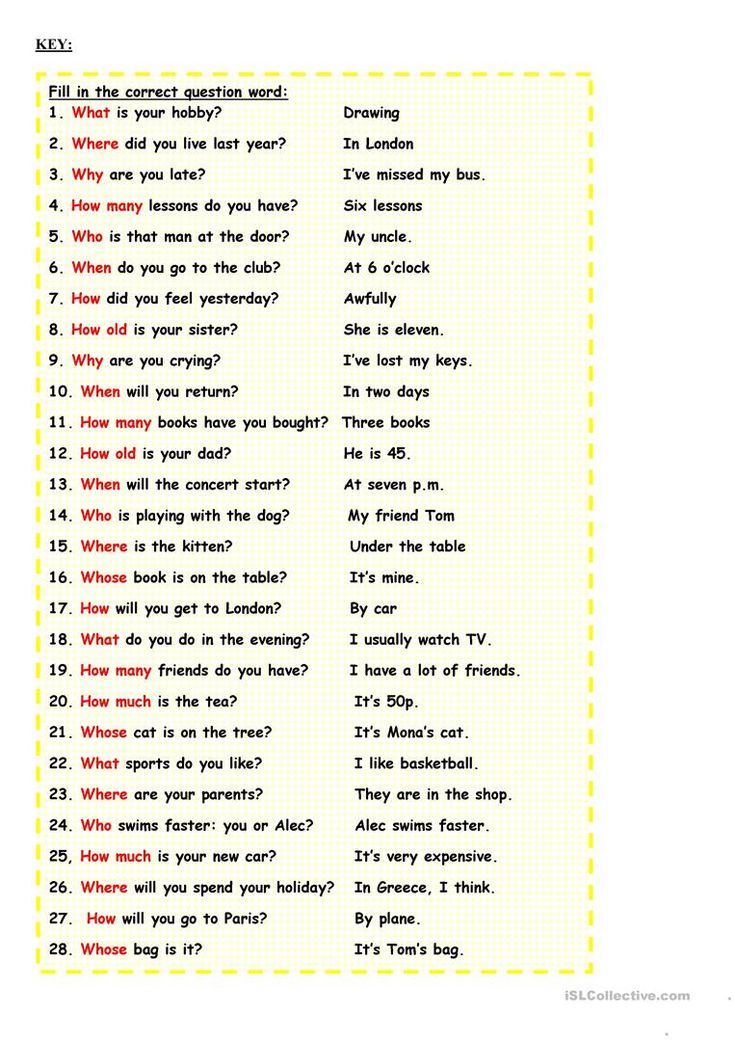 This means that there’s evidence that crying can be, well, helpful.
This means that there’s evidence that crying can be, well, helpful.
So if you are majorly resistant to shedding tears, Franco suggests unpacking some of your cultural and individual beliefs around crying. “Research suggests that when we associate crying with shame and guilt, it’s a lot more unpleasant,” Franco says. “And it’s less likely to make us feel better compared to if we associate crying with relief.” Through journaling or talking with a friend, you can shed a little light on any aversion you have to tears.
Below you’ll find a few tips to help if you’d like to ease out of a crying spell quickly (or before it starts), but remember that crying isn’t necessarily something you need to rage against. Honestly, it seems like a logical reaction to a lot of what we’re facing.
Here’s how to stop crying all the time.
1. Don’t fight the urge to cry.
Much like how trying to talk yourself out of anxious feelings doesn’t always alleviate your anxieties, trying to talk yourself out of crying probably won’t be helpful, licensed clinical psychologist and founder of Long Island Behavioral, Regine Galanti, Ph. D., tells SELF. “Telling yourself to stop crying is only going to make it worse,” she says. Instead, know that it’s okay to cry. Once you’ve allowed yourself the time to feel your immediate emotions, you can spend a bit of time thinking about how you can manage triggers and coping going forward, Franco suggests. But don’t try to talk yourself out of crying while it’s happening.
D., tells SELF. “Telling yourself to stop crying is only going to make it worse,” she says. Instead, know that it’s okay to cry. Once you’ve allowed yourself the time to feel your immediate emotions, you can spend a bit of time thinking about how you can manage triggers and coping going forward, Franco suggests. But don’t try to talk yourself out of crying while it’s happening.
2. Seek out an opposite action.
Let’s say that you have a few minutes to cry before a big meeting, and you really need to keep it together. You might do what Galanti calls seeking an “opposite action.” If you’re crying because you’re sad, for instance, watch a quick YouTube video that makes you laugh or dance around a little bit. This isn’t about denying how you’re feeling—it’s simply about trying to ease into a better feeling state.
3. Take deep breaths.
If crying is often triggered when you get anxious (and your fight-or-flight response kicks in), then finding ways to relax a bit might be useful. Taking deep breaths turns on your rest-and-digest system, Mona Potter, M.D., medical director at the McLean Anxiety Mastery Program, previously told SELF. So breathing when you’re crying (slowly and gently) is worth a try.
Taking deep breaths turns on your rest-and-digest system, Mona Potter, M.D., medical director at the McLean Anxiety Mastery Program, previously told SELF. So breathing when you’re crying (slowly and gently) is worth a try.
4. Try a grounding technique.
When Galanti sees that her clients are crying and struggling to calm down, she often asks them to look around the room and point out everything that’s red. This is called a grounding technique, or a coping strategy that helps you calm down. You can also try the 5-4-3-2-1 practice, which involves acknowledging five things you can see around you, four things you can touch, three things you can hear, two things you can smell, and one thing you can taste to help you calm down without judgment. This is an important distinction, Galanti explains, because easing yourself out of a crying spell is never about denying your emotional state.
5. Tilt your head back (work against gravity).
Most of us probably do this already. When you feel the tears begin to flow, simply tilt your head back and hope that the tears will remain in place. During this time, you might take a deep breath or try a grounding technique to help you move through your emotions.
During this time, you might take a deep breath or try a grounding technique to help you move through your emotions.
6. Try pinching yourself.
While Galanti isn’t a huge proponent of causing yourself more pain to keep from crying, she does admit that this could be useful. “The idea is that you’re distracting yourself,” she explains. A common way to do this is by pinching the area between your thumb and your index finger. Just don’t hurt yourself, she warns.
7. Find ways to self-soothe every day.
Crying can be a form of self-soothing, but if you find that you’re bursting into tears frequently and randomly, Franco suggests taking a moment to think about how you’re caring for your emotional wellness overall. “Find ways to soothe yourself with self-compassion and identify that it’s okay to feel how you’re feeling,” Franco says. These overall self-soothing practices can include getting enough rest, eating well, meditating, and exercising, Franco explains. (Which are very similar to how we manage stress and anxiety—two major triggers for crying. ) Doing this doesn’t mean that certain events and situations won’t induce tears, but it might help you feel equipped to handle some of the emotions that come your way.
) Doing this doesn’t mean that certain events and situations won’t induce tears, but it might help you feel equipped to handle some of the emotions that come your way.
There’s nothing wrong with crying—but it might help to explore why you are.
It’s also worth mentioning that while crying is a natural physiological response, it’s not an emotional panacea. If you’re uncomfortable with the frequency with which you’re crying, or you have noticed the crying is making you feel worse, consider reaching out to a therapist or someone you can trust. Ultimately, much like yawning might mean that you need a nap, a bit of crying could be a sign that there are some emotions that need your attention. So even if you don’t want to cry, consider leaning into your tears to figure out what’s going on.
Related:
17 Totally Normal Things to Feel Right Now, According to Therapists
18 Low-Lift Things That Might Actually Make You Feel Better Right Now
Letter of Recommendation: Let Yourself Have a Bad Day
I cry for nothing | PSYCHOLOGIES
216,478
Know Yourself
“Since childhood, I have been embarrassed to cry,” says Elena, 39, decorator. - Once I had to get up and leave in the middle of a classical music concert - I forgot paper napkins. I was embarrassed in front of my son - I could not finish reading a bedtime story to him: the prince marries the princess, and my throat catches. I wanted to be cured of my tearfulness, I turned to psychotherapists. Together we solved many of my problems. But the tears never went away. In the end, I was able to accept them as a feature, the same as height or eye color. I no longer suffer from tears. I just take out my handkerchief and blot my eyes.” Why is this happening? nine0003
- Once I had to get up and leave in the middle of a classical music concert - I forgot paper napkins. I was embarrassed in front of my son - I could not finish reading a bedtime story to him: the prince marries the princess, and my throat catches. I wanted to be cured of my tearfulness, I turned to psychotherapists. Together we solved many of my problems. But the tears never went away. In the end, I was able to accept them as a feature, the same as height or eye color. I no longer suffer from tears. I just take out my handkerchief and blot my eyes.” Why is this happening? nine0003
I held back too long
“Such “unexpected” tears are not at all unreasonable,” family psychologist Inna Shifanova answers and explains this with an example. “Let's say the management criticized me - and I'm all in tears. But if you think about what else is happening at this moment in my life, it will surely turn out that relationships with loved ones do not add up or I am going through a quarrel with a friend - something greatly upsets me. And the remark of the chief becomes the last straw. We often endure too long, hold back, so as not to show weakness. From this, tension accumulates, which is removed by sudden tears. They seem to set us free. By accepting our weakness and our sadness, we will be able to gather strength again and continue to live. nine0003
And the remark of the chief becomes the last straw. We often endure too long, hold back, so as not to show weakness. From this, tension accumulates, which is removed by sudden tears. They seem to set us free. By accepting our weakness and our sadness, we will be able to gather strength again and continue to live. nine0003
I remember the losses
“Our unconscious stores everything that we experienced, everything that happened to us in the past,” explains Inna Shifanova. “A random object or combination of sounds, a smell, any detail from the present that consciousness does not even notice can take us back to the past.” If this is a pleasant memory, we feel warmth, joy, if it is painful, we can burst into tears, not understanding what is happening to us.
Tears are a manifestation of our openness, even defenselessness
When we cry without holding back tears, we have a chance to realize what our feelings really refer to. However, this is not always possible without the help of a psychotherapist. Some connections the unconscious hides from us too deeply.
However, this is not always possible without the help of a psychotherapist. Some connections the unconscious hides from us too deeply.
Personal experience
40-year-old Zoya had a dream about a cat. It seemed to be a harmless dream, but she cried all the next day. And then, remembering him, I felt an inexplicable sadness. “Only at a meeting with a psychologist, when we began to analyze associations, I remembered that my mother once had a cat. Mom died a year ago. I was sure that I had already dealt with my grief.” Zoya did not immediately restore this connection - that in fact she was crying about her mother. nine0003
I need sympathy
“Tears are also a plea for help,” continues Inna Shifanova. - When the need for support, in sympathy becomes especially acute, we can suddenly cry and thereby attract attention to ourselves. And at the same time, we feel embarrassed because we “were crying like a small child.” This unconscious mechanism really arises in childhood.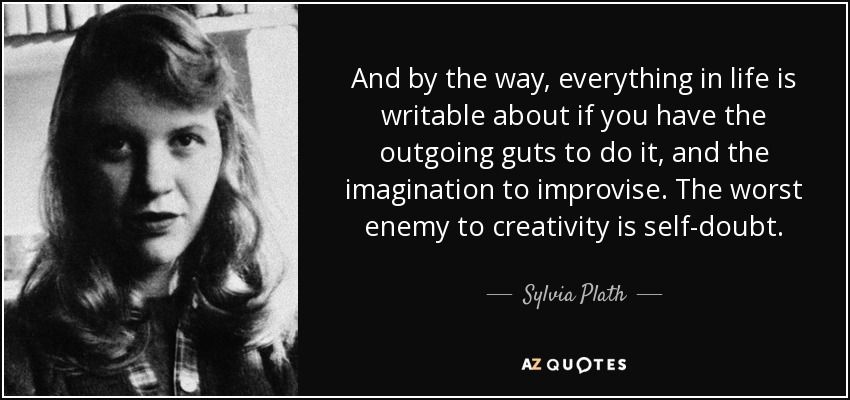 Loud crying is the only opportunity for the baby to attract the attention of the mother. As adults, we may involuntarily return to this method if we find it difficult to express our needs in words. nine0003
Loud crying is the only opportunity for the baby to attract the attention of the mother. As adults, we may involuntarily return to this method if we find it difficult to express our needs in words. nine0003
“Men are more used to holding back, but they cry too,” says Inna Shifanova. Tears are a manifestation of our openness, even defenselessness. And so they allow you to establish closer relationships with other people.”
What to do?
Allow yourself to cry
Choose a quiet place for this, where no one will bother you to be alone with yourself. To admit your weakness and imperfection, to allow yourself to express your feelings, including sadness and grief, this is what it means to live and be yourself. nine0003
Increase self-esteem
The first step is to stop criticizing yourself, including for being too sensitive. This is especially important if any remark makes you cry.
Ask for help
Think about it: do I know how to do this or do I try to cope with any adversity on my own? We all sometimes need support, help or just sympathy.
Photo source: Getty Images
New on the site
“My mother and I were one, but three weeks ago she died. How to survive it? nine0003
“My son found my intimate correspondence and punishes me by ignoring it”
How to enhance the pleasure of sex with penetration?
Alexander Tsypkin: “Appreciate your vices”
“How can I confess to my parents that I have changed my name? That’s my sister’s name too.”
“How Can I Help?”: 5 Questions to Understand Yourself and Others—Ask Them Regularly
How Video Games Help Us Become Better: An Exploration of the 6 Essential Genres
Value Thinking: How to Stop divide into "good" and "bad"
Why do you constantly want to cry for no reason
December 3, 2020 Likbez Health
Tears appear not only from strong emotions. Sometimes this is a sign of illness.
What is crying
In the corners of the eyes are small glands that produce a clear liquid with dissolved proteins and salts, necessary for nourishing, moisturizing and cleansing the cornea. These are tears, they are released reflexively under the influence of signals from the autonomic nervous system. But sometimes emotions get in the way. nine0003
These are tears, they are released reflexively under the influence of signals from the autonomic nervous system. But sometimes emotions get in the way. nine0003
Humans are the only beings on earth who are capable of crying under the influence of feelings. Tears can come from a touching movie, music, important life events, or out of sympathy. Crying causes both positive and negative emotions.
Scientists are still investigating the mental and nervous processes that underlie the appearance of emotional tears. It is believed that crying is associated with temperament and upbringing, personality traits and gender, as well as the release of the neurotransmitter serotonin and brain hormones: oxytocin, vasopressin and prolactin. These substances are involved in the formation of attachment and social behavior. Therefore, separation, the loss of a loved one leads to sadness and tears. nine0003
Scientists have also found that women cry more often than men. This is associated with the action of testosterone, which inhibits emotional reactions.
Why you always want to cry
Children cry often and are not shy, this is their way to attract attention, demand a coveted toy or influence the decision of their parents. Adults rarely allow themselves to cry in the presence of other people, but sometimes pain, resentment, empathy, fatigue, stress, or, conversely, joy are expressed in this way. nine0003
If crying does not appear daily and for nothing, you can ignore it. But imagine a situation where tears are shed due to a broken nail, a small remark from an outsider, or for no apparent reason at all. Perhaps the problem is a lack of vitamin B12, fatigue. But sometimes a constant desire to cry is the influence of various pathological factors that are difficult to eliminate without a doctor.
Psychological factors
Instability of the nervous system appears in people who are in a state of nervous tension for a long time. At the same time, the hormones adrenaline, norepinephrine and cortisol are released, which deplete the body. Crying helps to reduce the release of these substances and reduce the impact of stress on the psyche. nine0003
Crying helps to reduce the release of these substances and reduce the impact of stress on the psyche. nine0003
Sometimes the desire to constantly cry arises due to a violation of adaptation to the action of various factors. For example, psychological pressure at work, lack of money or a large number of duties to loved ones exhaust the nervous system, irritation and fatigue accumulate. Therefore, for any little reason, tears appear. Such a disorder can last up to 2-3 months and does not always go away without the help of a psychologist.
Psychiatric disorders
A constant desire to cry is associated with mental disorders. Often they have erased symptoms, so it is impossible to make a diagnosis without consulting a psychiatrist. After the examination, the doctor may find one of the following diseases:
- Depression. Patients are in an emotionally depressed state, but sadness and tearfulness can be replaced by aggression, irritability. A person loses all interest in life, favorite hobbies, his mental activity slows down, memory decreases.
 In severe cases, thoughts of suicide or attempts to carry it out appear.
In severe cases, thoughts of suicide or attempts to carry it out appear. - Post-traumatic stress disorder. The condition occurs after a traumatic event, but usually not immediately, but after a few weeks. A person is tormented by nightmares, unpleasant memories, sometimes thoughts about their own worthlessness, a sense of doom appear. Positive emotions fade. Sometimes this disorder can also lead to suicide. nine0098
- Panic disorder. This is a mental illness in which a sudden attack of fear appears, a person loses control over his behavior, feels a loud beating of the heart, feels shortness of breath, trembling, and abdominal cramps. Many of them start crying.
- Dementia. The disease often occurs in old age and leads to a decrease in memory, attention, thinking. A person's emotions are erased, but there is a desire to constantly cry.
Changes in internal organs
Frequent urge to shed tears may be due to hormonal changes or disease and may be accompanied by additional symptoms. For example, in women, tearfulness is associated with premenstrual syndrome, menopause, or pregnancy. These conditions are accompanied by fluctuations in the level of sex hormones, so they can lead to emotional instability.
For example, in women, tearfulness is associated with premenstrual syndrome, menopause, or pregnancy. These conditions are accompanied by fluctuations in the level of sex hormones, so they can lead to emotional instability.
Doctors believe that constant crying also causes endocrine diseases. For example, with hyperthyroidism, Addison's disease, diabetes, there is a tendency to depression and mood swings. nine0003
But more often tears without a reason provoke brain pathologies. Sometimes a person has uncontrollable crying, which can be replaced by laughter. This is one of the signs of pseudobulbar affect. Some consider it a mental disorder, but in fact it is caused by diseases of the brain:
- stroke;
- multiple sclerosis;
- consequences of head trauma;
- Alzheimer's disease;
- Parkinson's disease.
How to stop crying for no reason
Some try to cope with bad emotions on their own, try to suppress crying or distract themselves from triggers.

